This probe was made for probing (what else) of electric field. Its input impedance should be about 1 MOhm in parallel with the gate of BF998 (about 1.5 pF). Its output impedance is 50 Ohms (tuned using both simulation and TDR).
Just connect one SMA cable with 9V low-noise power supply. The other one goes into your 50 Ohm terminated oscilloscope / spectrum analyzer / detector.
Use it to find sources of noise or interference on PCB - this includes cheap power supplies, oscillators designed by idiots, unstable amplifiers and so on.
For better directivity, make the "sniffing end" shorter and solder female SMA connector to it. Then use some copper foil or some sheet metal to shield the probe.
 MS-BOSS
MS-BOSS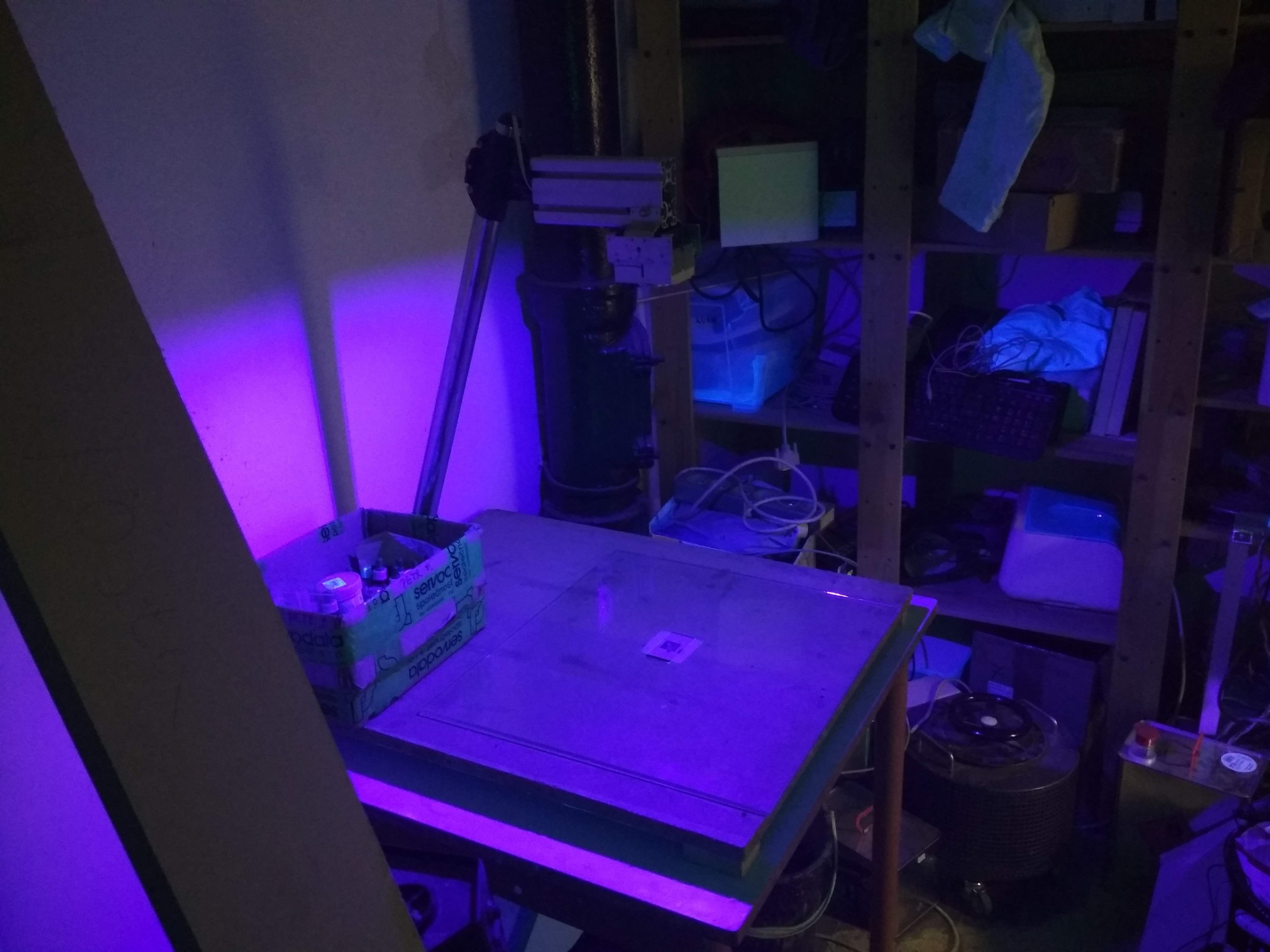
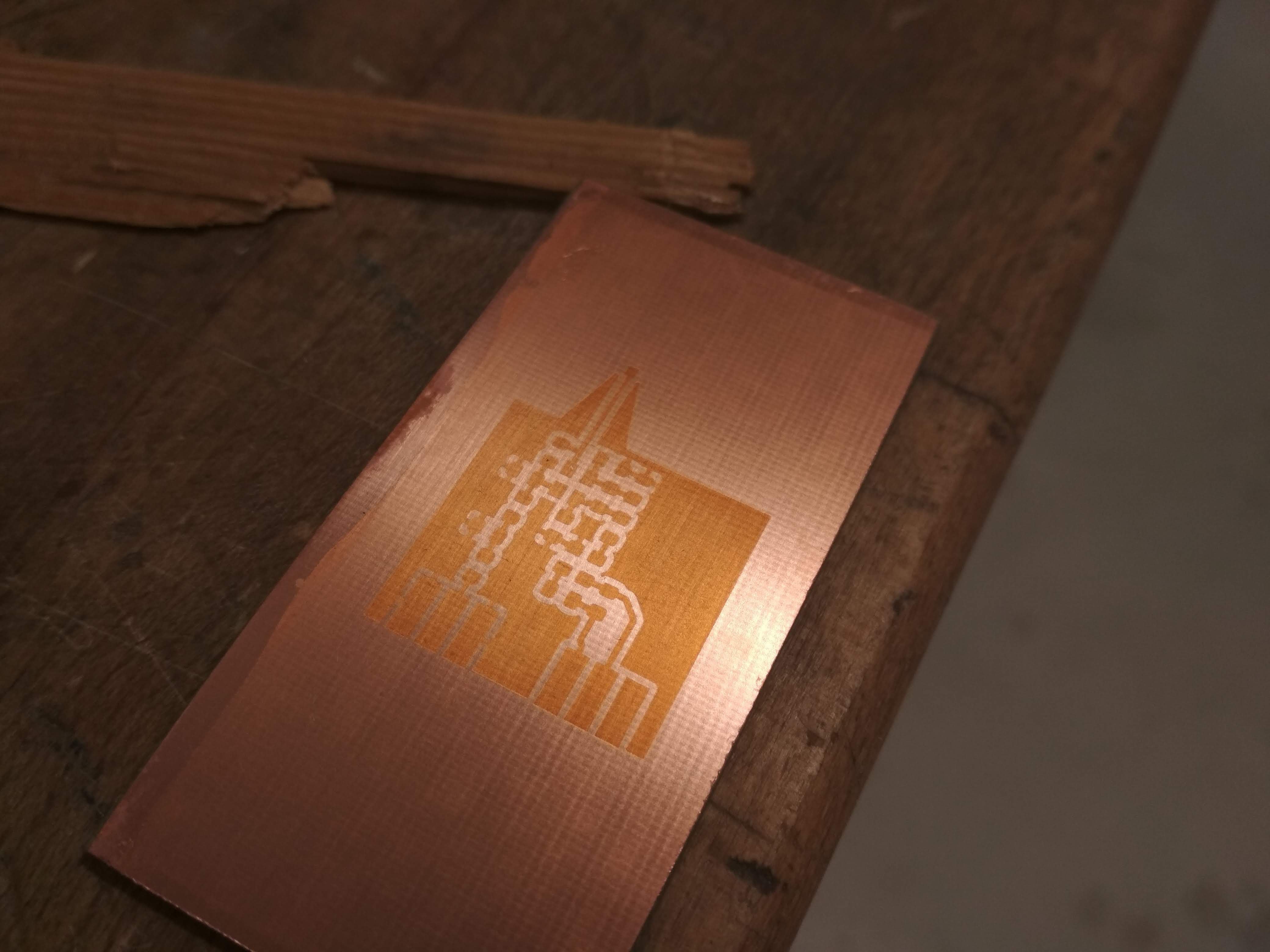
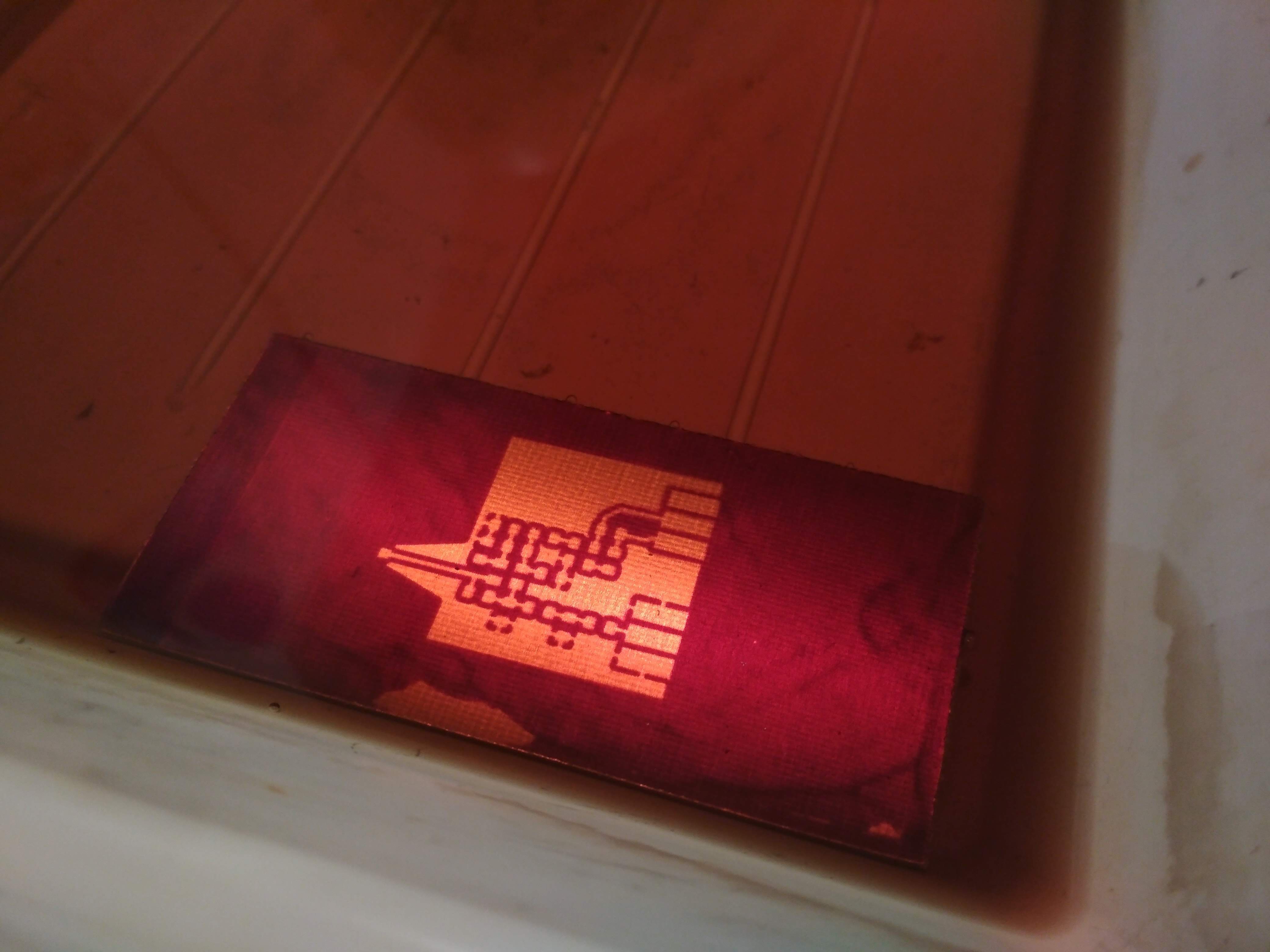
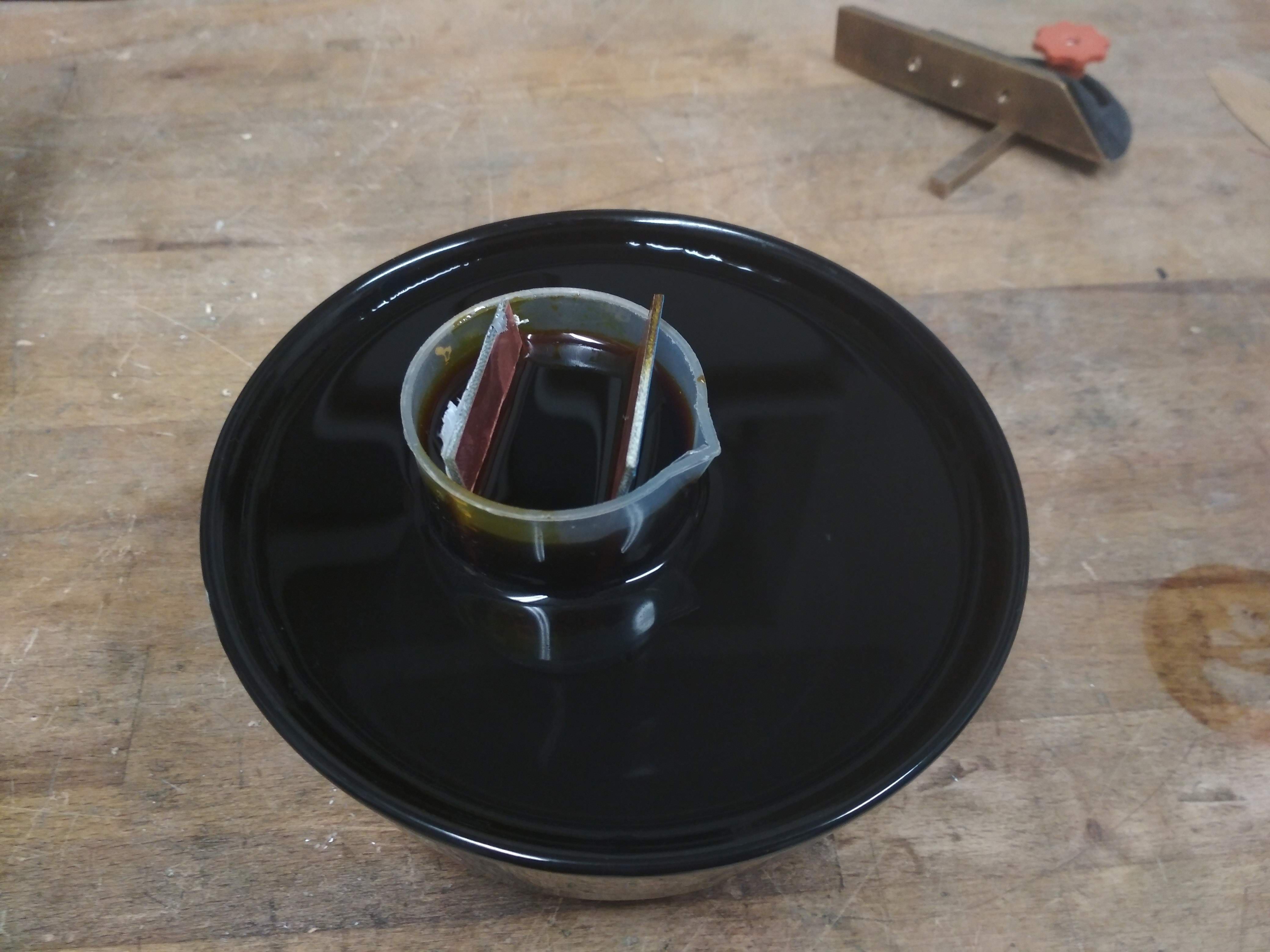
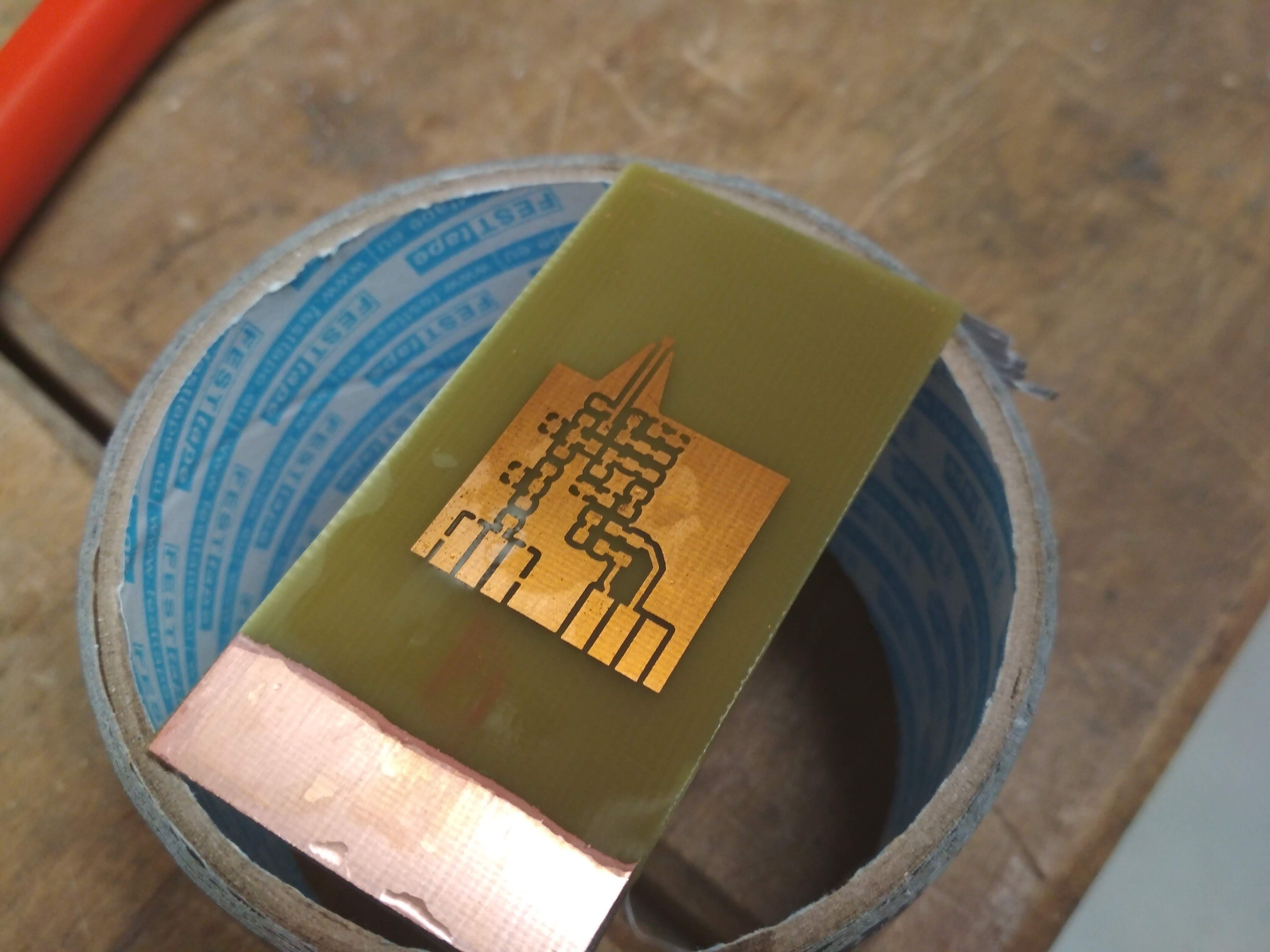
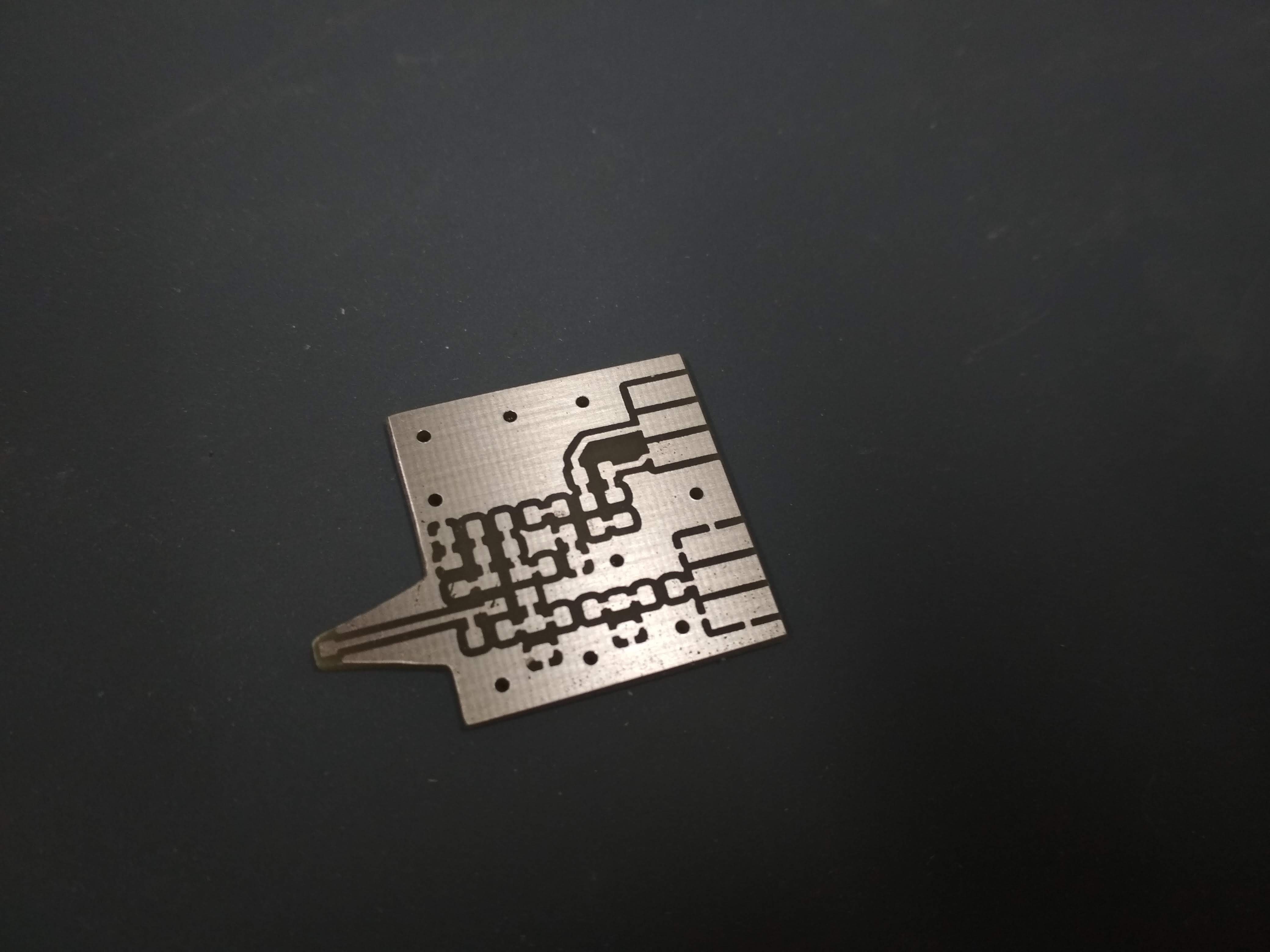


I don't know why you think this project is boring. I think this is fascinating!
Would you be able to write a little bit as to how it works? Some questions below on what you could include:
What makes it an E-field probe (as opposed to "H-field"). I imagine you still pick up some H-field?
Also, what frequency range does it work at? How is the frequency response /directivity?